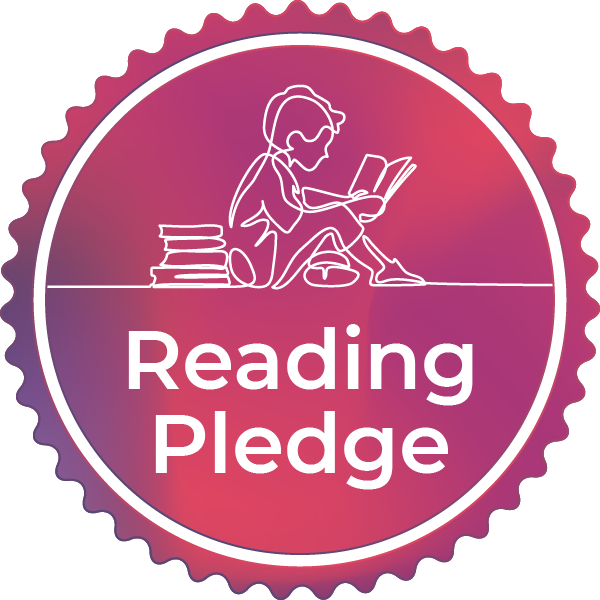Videos
What is Dyslexia
Dyslexia affects up to 1 in 5 people, but the experience of dyslexia isn't always the same. This difficulty in processing language exists along a spectrum - one that doesn't necessarily fit with labels like "normal" and "defective." Kelli Sandman-Hurley urges us to think again about dyslexic brain function and to celebrate the neurodiversity of the human brain.
By Kelli Sandman-Hurley
Supporting your child with dyslexia
Specialist dyslexia teacher and Principal of Bentleigh West Primary School in Melbourne, Sarah Asome talks with Code Read about supporting your child through the school journey.
By Sarah Asome and Code Read Dyslexia Network.
How the brain learns to read
Cognitive psychology and neuroscience have begun to dissect the neuronal mechanisms of literacy using brain-imaging techniques. During reading acquisition, our brain circuitry recycles several of its pre-existing visual and auditory areas in order to reorient them to the processing of letters and phonemes. The nature of this "neuronal recycling" process helps explain many of the children's difficulties in learning to read. Our growing understanding of the child's brain has important consequences for how education should be optimally organised.
By Prof. Stanislas Dehaene
What are the 44 sounds of Australian English
Four minute overview of the 44 sounds in spoken Australian English, including the spellings used for each - just pause the video if you want to read each list in detail lengths and potential.
By Spelfabet
What is systematic synthetic phonics?
Systematic synthetic phonics teaches children to use the relationships between letters and sounds to decode words and read them accurately and fluently . This video explains how.
By Five from Five
Response to Intervention
A wonderful presentation by Sarah: Principal of Bentleigh West Primary about how Response to Intervention is used at her school to improve learning for all.
By Sarah Asome
See dyslexia differently
This animation seeks to preempt misconceptions among young audiences by shedding light on the real challenges dyslexic children face whilst also acknowledging their strengths and potential.
A supporting teaching resource can be found here: http://bit.ly/2ovAKnw
By British Dyslexia Association
Outside the square
This three part series is an Australian made documentary by Dyslexia Advocate and Code Read Dyslexia Network Founding Member Tanya Forbes.
This film offers valuable insights for recognising children facing potential challenges, enabling schools to offer essential support to students with dyslexia. Personal stories from both students and parents shed light on the daily hurdles faced in the classroom and their lasting effects. Prominent researchers and educators in Australia delve into the nature of dyslexia, crucial signs for identifying at-risk children, and the ongoing difficulties students encounter. The three films can be freely accessed on YouTube; we encourage you to share these within your school or community to support ADA and Outside the Square in their efforts to raise awareness.

